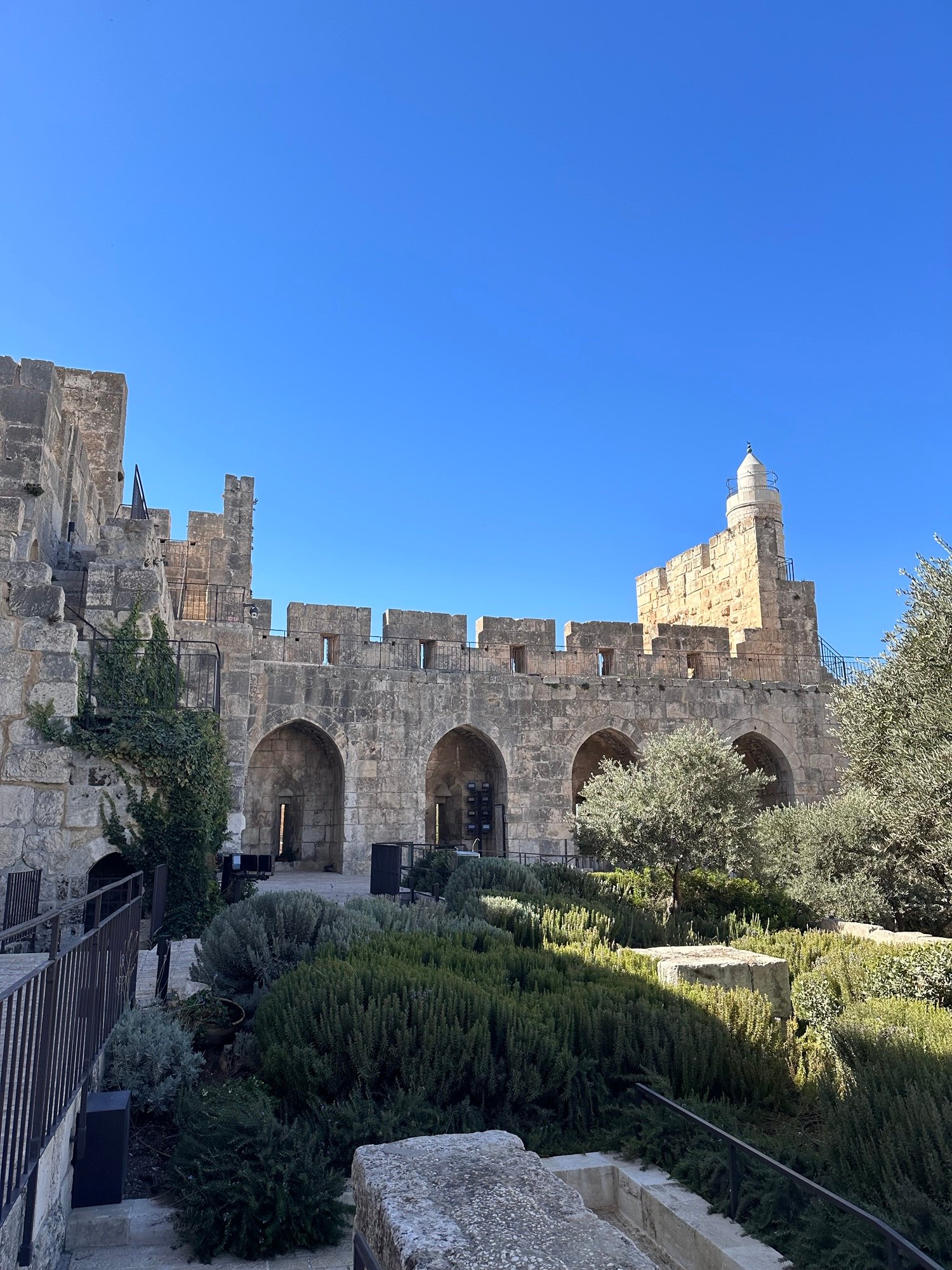Unveiling the Eschatological Tapestry of Genesis 3:15: A Prophetic Journey Towards Redemption and Resurrection
In the intricate tapestry of biblical prophecy, the enigmatic verse of Genesis 3:15 stands as a pivotal cornerstone, harboring profound implications for the eschatological destiny of humanity. Embedded within its cryptic language lies a prophetic narrative that foretells a divine plan encompassing the triumph of righteousness over evil, the restoration of the righteous, and the ultimate sovereignty of the Almighty.
At the heart of this prophetic tableau is the portrayal of a woman, symbolizing a G-d-fearing archetype, whose seed represents both the idolatrous nations and the chosen people of Israel. The dichotomy between these two seeds underscores a cosmic struggle between spiritual darkness and divine light, culminating in G-d’s decisive intervention to vanquish all opposing forces. Isaiah 25:8 illuminates this divine intervention, depicting G-d’s triumph over death itself, signaling the ultimate victory of righteousness and the restoration of creation.
In the eschatological framework delineated by Psalms 90:10, the nations are depicted as reaching their zenith, their Supernal grades, only to be restrained by G-d’s sovereign decree. This divine limitation on the nations signifies the inexorable judgment awaiting those who defy the divine order, while also heralding the redemption of the righteous. As Isaiah 26:19 vividly portrays, G-d’s promise to resurrect the dead entails a transformative renewal, wherein the righteous are restored to a state of Supernal light, endowed with the power to uplift other spirits.
The resurrection of the righteous, as envisioned in this prophetic tapestry, is a selective process governed by divine justice. Only those who have lived righteous lives, embodying G-d’s moral precepts, are deemed worthy of resurrection. The promise of resurrection is not universal but reserved for the righteous, who shall bear the mantle of spiritual leadership in the divine plan for redemption.
The geographical symbolism embedded within the prophecy – the first resurrection occurring in Israel and later extending beyond its borders – underscores the universal scope of G-d’s redemptive plan. Those resurrected outside of Israel are destined to journey towards the spiritual center of the chosen people, symbolizing the convergence of all righteous souls towards the divine presence. The impartation of spirit to these resurrected beings signifies their integration into the spiritual fabric of Israel, embodying the unity and harmony of G-d’s redemptive purpose.
Furthermore, the prophetic nuances of Genesis 3:15 extend beyond individual resurrection to encompass the collective destiny of humanity. The imagery of G-d bruising the head of the woman’s seed signifies the ultimate defeat of evil and the restoration of divine order. This symbolic act of bruising the head alludes to G-d’s sovereignty over all creation, heralding a new era where righteousness prevails and the righteous are exalted.
In conclusion, the eschatological vision encapsulated in Genesis 3:15 and its prophetic extensions offers a profound insight into the divine plan for humanity’s ultimate destiny. The resurrection of the righteous, the triumph over evil, and the restoration of creation all converge towards a singular purpose – the establishment of G-d’s eternal kingdom, where righteousness reigns supreme and the righteous shine as Supernal lights in the divine presence. As the prophetic tapestry unfolds, it beckons humanity towards a future of redemption, resurrection, and eternal communion with the Divine.

